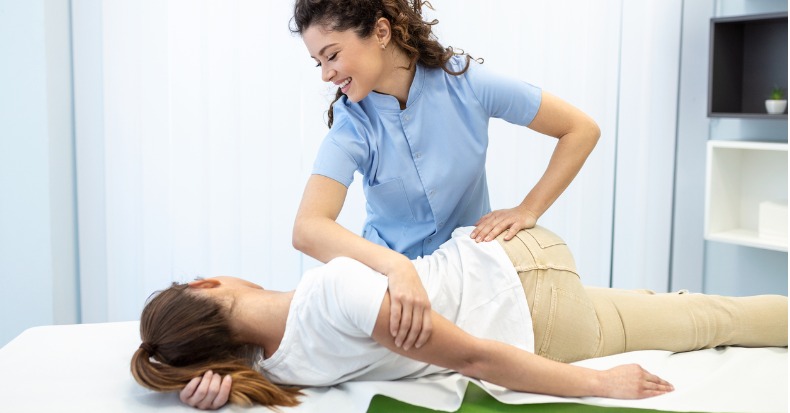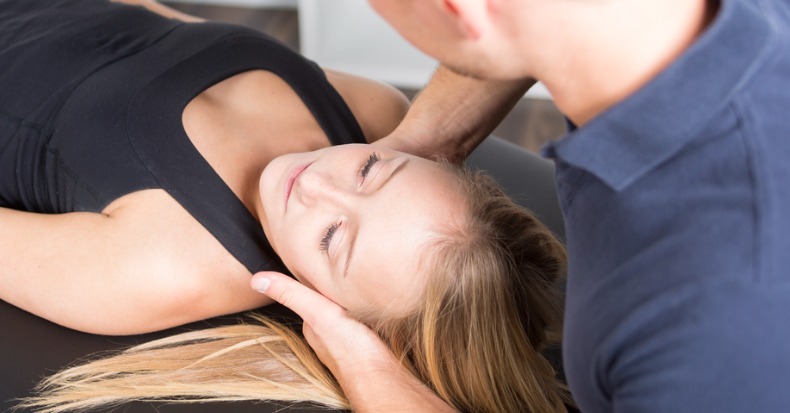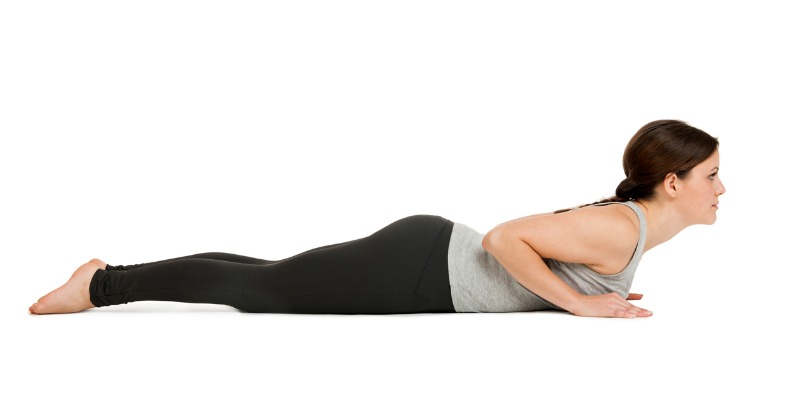Newest Articles
The shoulder is one of the most mobile joints of the body, which allows us to engage in overhead movements that make life easier. However, this comes at a cost. In order for the shoulder to have such a wide range of motion (ROM), it has less stability than most other joints. In fact, shoulder [..]
Whiplash associated disorders (WAD) and traumatic brain injury (TBI) share symptoms such as neck pain, headache, dizziness, concentration deficits (mental fog), noise/light sensitivity, and fatigue. Given these common symptoms and the proximity of the head and neck, these conditions may be related. However, the current state of the literature and educational process continues to separate [..]
When an individual decides to seek out chiropractic care, it’s typically for musculoskeletal (MSK) complaints such as low back and neck pain, headaches, and/or shoulder/hip/wrist/knee problems. However, there is a growing body of evidence that some services offered by doctors of chiropractic can provide some benefit to patients with ailments that do not fall into [..]
Chiropractic care is a great conservative treatment option for the low back pain patient. While many patients visit a chiropractor to avoid progressing to surgery, there are individuals with a history of back pain who did opt for surgery but continue to experience pain and disability. Can a doctor of chiropractic help the post-surgery low [..]
Historical Context
Alfred Bernhard Nobel was a Swedish chemist, engineer, inventor, and businessman. He was born in 1833 and died in 1896. He held 355 patents in his lifetime, the most notorious of which was for dynamite. Dynamite used the explosive power of nitroglycerin. Nobel patented dynamite in 1867.
Nobel amassed a fortune during his [..]
The term whiplash refers to a sudden forward (acceleration) and backward (deceleration) movement that results in hyperextension of the cervical spine. This process can injure the various soft tissues in proximity of the neck, which can lead to a wide collection of symptoms that fall under the umbrella term whiplash associated disorders (WAD). While this [..]
Total knee arthroplasty (TKA) is the most performed operating room procedure in the United States, and the number of surgeries is projected to increase by 400% (to 3.5 million a year) in the next twenty years due to prolonged longevity, the rise in obesity, and increasing rates of osteoarthritis. The surgery itself traumatizes the surrounding [..]
Surgery to address carpal tunnel syndrome (CTS) is the most common upper limb orthopedic surgery in the United States with annual costs estimated in excess of $2 billion. In western countries, the waitlist for such a procedure is often greater than five months, and the demand is expected to double in the coming decades. This [..]
Cervicogenic headache is defined as a headache caused by a cervical spine disorder. This type of headache is estimated to account for up to 20% of headache cases. The primary features of cervicogenic headache usually include unilateral head pain (one side only), limited neck range of motion, and are triggered by various awkward or sustained [..]
Gout is a type of inflammatory arthritis that causes pain and swelling in the joints. While it is mostly associated with the base of the big toe joint, gout can affect the knees, ankles, foot, hand, wrist, and elbow. The condition typically occurs earlier and three times more common in men than in women. For [..]
When it comes to the low back pain patient, it’s common for the muscles that attach to the hip and pelvis (hamstrings, psoas, piriformis, and tensor fasciae latae) to be overly active or tight, while at the same time, the core muscles are deconditioned and weak. When it comes to managing low back pain, should [..]
In normal posture, the center of the shoulder joints should be vertically in line with the mastoid processes (the part of the skull just behind the ears). Unfortunately, excessive device use can lead to forward head posture where the head rests forward of the shoulders, which can lead to a condition called upper cross syndrome [..]















